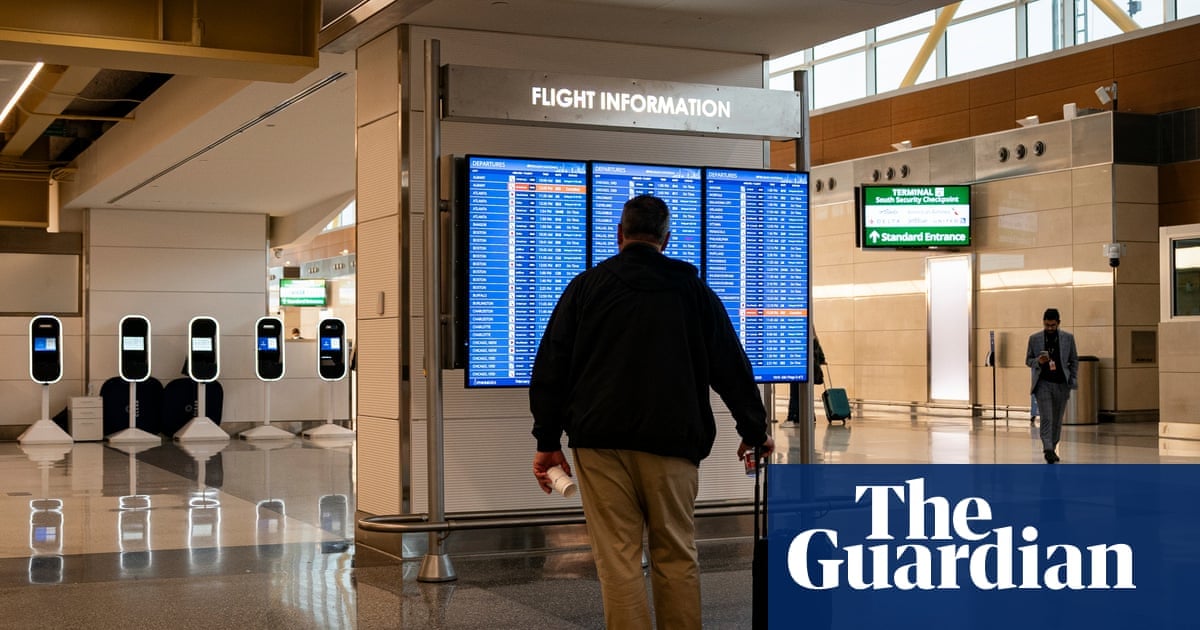Summary
A new AP-NORC poll shows that Americans’ confidence in air travel has declined after several fatal plane crashes in 2025.
Only 64% now believe flying is safe, down from 71% last year, while the number of those who feel it is unsafe rose by 12%.
Confidence in pilots, air traffic controllers, and the federal government has also dropped. Recent crashes, including a deadly collision over Washington, D.C., have fueled public concern.
Meanwhile, Trump has begun firing hundreds of FAA employees, raising further safety worries.



Even if there were 10x the number of accidents flying would still be one of the safest ways to travel.
But I’d still avoid it because of the ergonomics and customer service.
Airplanes aren’t as safe as trains!
And the externalities from air travel are fucking horrendous.
Totally! And trains are so much more comfortable and I don’t have to let them take my nudes before I get on.
As much as I actually like driving if I’m going to a city with good transit I vastly prefer the train. Plus the stations are usually right downtown.
In the US, air travel is safer by an order of magnitude. According to the National Safety Council, scheduled airlines have a passenger fatality rate per 100,000,000 miles of 0.001 while rail has a fatality rate of 0.025. Hell, busses are safer with a fatality rate of 0.0066.
I’m sure rail safety is probably better in Europe and Japan since they have better rail infrastructure and more passengers.
A /r/dataisbeautiful post from several years ago also shows a similar story.
I don’t disbelieve you but you’re cherry picking one of the worst examples (possibly exceeded by Canada because of Lac-Mégantic) hell, the disaster that just happened in East Palestine, OH is an excellent study in just how awful train safety in the US is.
I averaged data from 2016 to 2022. What am I cherry picking?
I more meant that the safety of trains in the US shouldn’t be used as an example for overall train safety. Other countries have much more stringent laws.
Ditto, with Canada, there are serious issues with how train safety is conducted since the majority of train traffic is freight.
But the US doesn’t have other rail systems, so an apt comparison is US planes to US trains.
My original claim was that trains are safer than airplanes - I don’t know why we’re focusing on the US.
Why doesn’t this compare time spent traveling over mileage traveled (genuine question)?
One would expect the vast majority of planes to be faster than the vast majority of trains, so of course they’d have less accidents per mile traveled even if the same number of accidents occurred (I think).
Whereas with time spent, maybe as an additional data point, it becomes fairer to compare, right?
My confidence in air travel fell completely after the former head of QA for Boeing’s plane factory said he wouldn’t get on a Boeing plane
I always forget what makes it the safest mode of travel.
If it’s the safest per KM, then it doesn’t matter when it’s the only way to travel.
If it’s the safest per trip, again, there often isn’t an alternative.
Is it still the safest mode of travel per time spent travelling? Because I’d imagine trains generally surpass that. And hopefully walking too in most places…